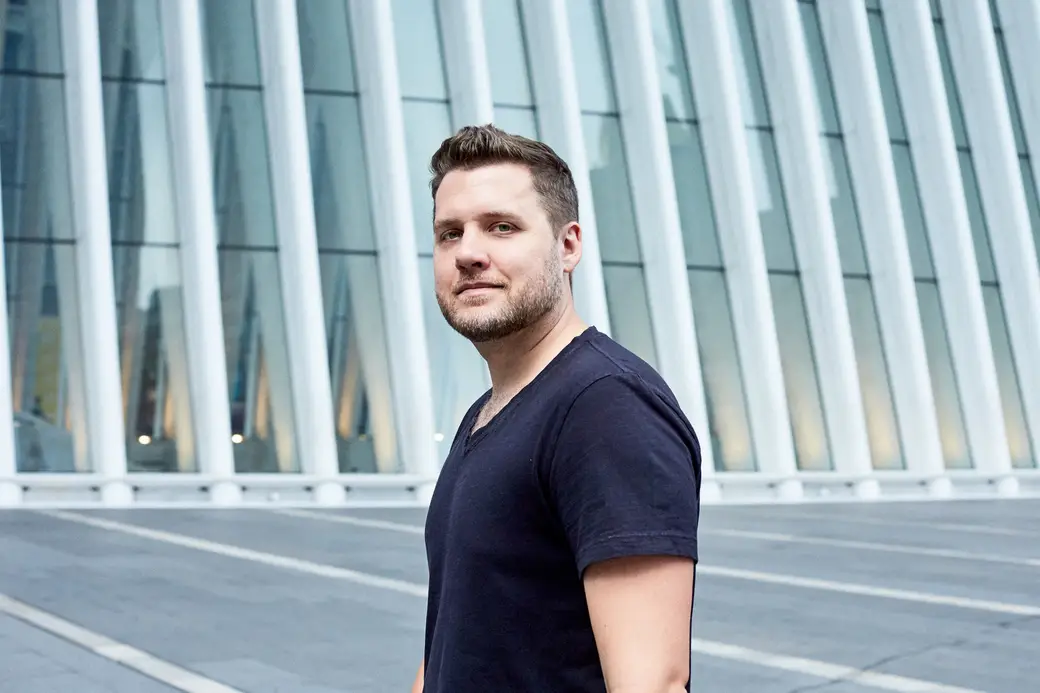Mark Manson’s Creator Flywheel: YouTube, Newsletters, and a $10M Product Vision

“I was more stressed than ever and completely miserable.”
This wasn’t Mark Manson in 2008, broke and unemployed. This was Manson after writing four books, landing TV deals, a feature film, and selling 20 million copies worldwide — including the mega-bestseller The Subtle Art of Not Giving a Fck*.
In this deep-dive interview with Nathan Barry, creator-turned-author Mark Manson shares the unvarnished truth about what happens after massive success — and what it takes to rebuild a business when your old playbook no longer works.
The Blog That Blew Up… Then Stalled
Mark Manson’s entrepreneurial journey started with a simple blog in 2007, born out of unemployment and a copy of The 4-Hour Work Week. Early on, it was dating advice. But a powerful pivot came when he realized, “99% of dating advice is just life advice.” That shift toward self-help content — paired with an early understanding of Facebook’s Newsfeed virality — exploded his blog from 30,000 to 2 million monthly readers by 2015.
“I think I realized the viral potential of the newsfeed before most… If you had a great headline and an image, Facebook would share it everywhere.”
But then came Hollywood. A book deal. Speaking tours. Massive brand validation. And eventually… burnout.
The Hidden Cost of Traditional Success
Despite the accolades, Manson confesses, “I was more stressed than ever and completely miserable.”
His traditional media projects — film, TV, and books — came at a high creative and operational cost. He was no longer the boss. Studios dictated marketing plans. Decisions were slow. And worst of all, Universal’s entire strategy for his documentary? His Instagram account.
“If your whole strategy is my Instagram account, what are you here for?”
By 2021, Manson’s creator business was stuck in 2016 — outdated tech, neglected content strategy, and a backend product that had seen no innovation in years. His team kept things running, but the business was no longer built for the modern internet.
Why He Burned It Down and Started Over
Manson made a bold decision: rebuild the entire business from the ground up.
This meant letting go of brand deals, saying no to “easy” money, and eating into his personal royalties (yes, millions) to fund a multi-year transition. The newsletter got a full relaunch. YouTube became a core focus. And most critically, he committed to building a premium backend product designed for modern users — not a dated info course.
He describes the vision: an interactive, AI-assisted, choose-your-own-path personal development experience.
“It’s like a course where no two people get the same journey. Even the same person could take it twice and get completely different breakthroughs.”
Manson’s bet? That by going all-in on audience trust, world-class content, and personalization — without leaning on ad deals — he could build a more meaningful (and fun) business.
Why the Creator Economy Is Still Just Getting Started
Mark Manson isn’t nostalgic. He’s practical. And bullish.
“YouTube is the next cable television… But unlike Hollywood, you can own everything.”
After seeing the inefficiencies of legacy media up close, Manson is all-in on the idea that creators can produce Netflix-level content at a fraction of the cost — and with full creative control.
His long-term vision isn’t just content. It’s an ecosystem:
- YouTube for top-of-funnel discovery
- Podcast for relationship-building
- Newsletter for direct audience connection
- Backend community/product for monetization and transformation
Everything is cross-pollinated. Fans become community members. Community members get featured in content. And content drives more fans — the flywheel spins.
Advice for Creators Building Their Business Today
For creators navigating similar transitions, Manson offers hard-earned advice:
-
Burnout is real — design around joy, not just scale.
“You don’t have to do anything that’s not fun anymore. That’s my rule now.”
-
Don’t chase prestige over control.
“A lot of YouTubers dream of a TV deal. I’ve had it — and gave it up. You lose control, earn less, and wait longer.”
-
Rethink monetization.
Manson’s old business peaked at $2.5M/year with courses, brand deals, and podcast ads — but he knows it’s under-monetized. His next product? He believes it’ll do $5–10M/year.
The Rebuild Isn’t Finished. But It’s Working.
After two years of rebuilding, Manson is still in the middle of his next chapter. But the foundation is in place: a lean team, strong content infrastructure, and the clarity to say “no” to short-term gains in favor of long-term impact.
“I’m more proud of the business than the book. I might be a better writer, but I enjoy business more.”
For wantrepreneurs, this isn’t just a story about viral blogs or bestselling books. It’s a masterclass in self-awareness, reinvention, and building a creator business with staying power.





